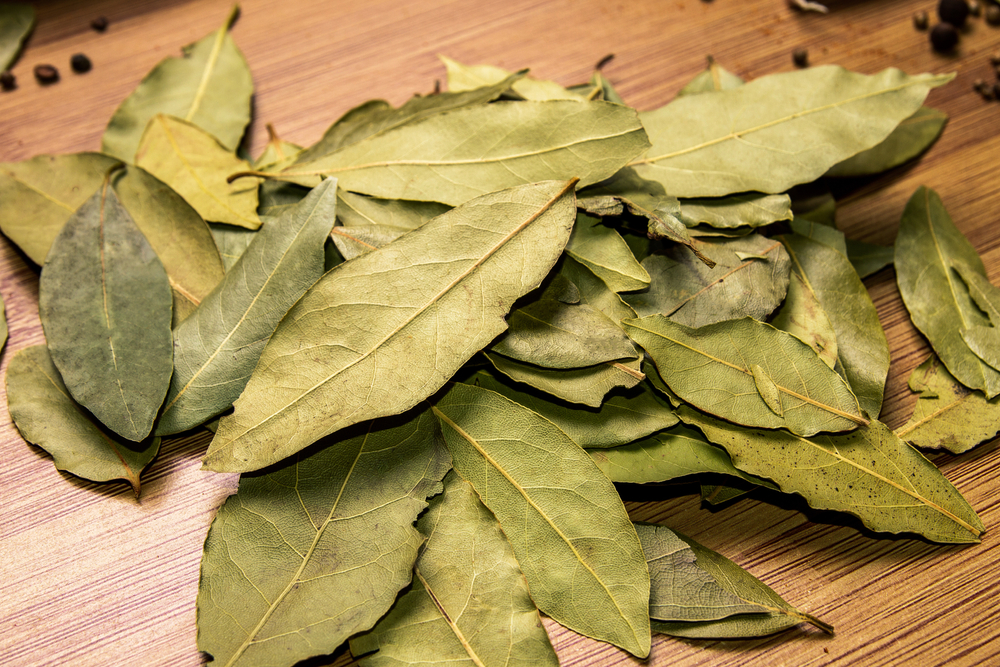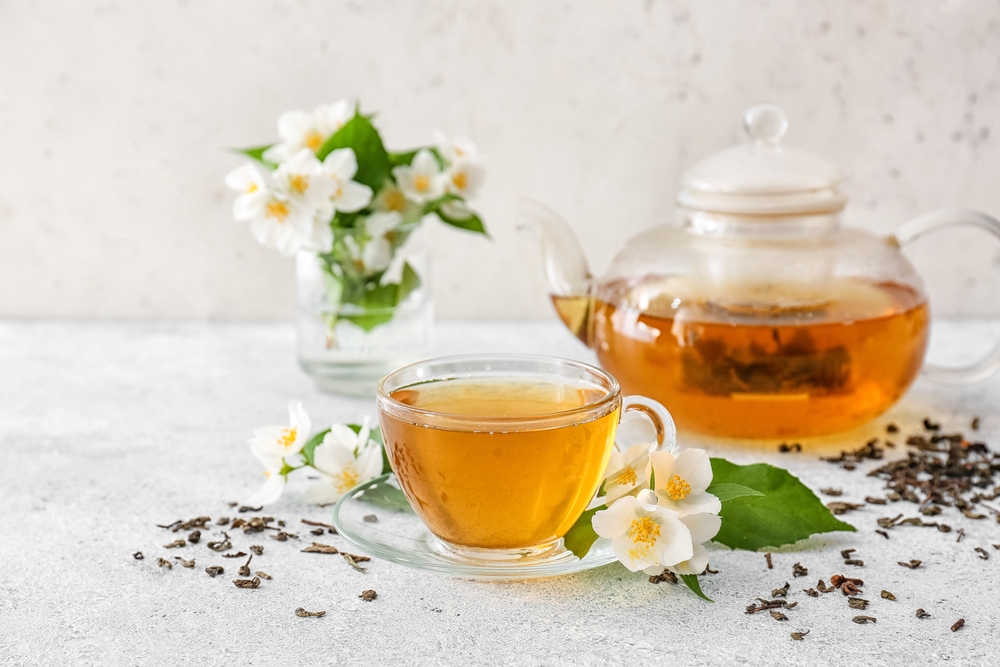Rice is a type of grain that is grown on flowers which are pollinated by the wind. When the flowers grow after being pollinated, they produce seeds. Those seeds are harvested, and then we have rice.
It flourishes in wet environments, so rice is grown in flooded fields in aquatic or tropical environments. Most of these crops are in Asia, but there are also some in the United States. Harvesting rice interestingly takes a lot of time. For the rice to just be ready to harvest, it can take up to six months.
Is Rice a Vegetable? Clearing Common Misconception
The Merriam-Webster dictionary classifies rice as “a usually herbaceous plant grown for an edible part of a meal.” According to the U.S. Department of Agriculture, a vegetable is in one of five categories: starchy, dark green, beans and peas, red and orange, and others.
Some foods that are classified as vegetables are corn, onions, broccoli, spinach, amongst many others. According to Merriam-Webster, rice would be a vegetable. But, by the government’s definition, rice is not a vegetable. So, in short, rice isn’t a vegetable.
Is Rice Considered a Vegetable?
Rice is not a vegetable. Despite it being plant based and growing from flowers, it doesn’t fit into the five categories that the U.S. government classifies vegetables as. Speaking in culinary terms, rice is grouped in with grains. It is a cereal grain made from edible parts of a plant.
Why Isn’t Rice Considered a Vegetable?
The definition of a vegetable is “any herbaceous plant grown for its edible parts.” This definition is pretty vague though, and by that definition alone, anything that comes from a plant would be a vegetable.
Obviously, not everything is a vegetable, so experts have developed more clear definitions of what it means to be a vegetable. There are a few different food groups in general (fruits, vegetables, protein, grains, dairy), and with each food group comes subcategories.
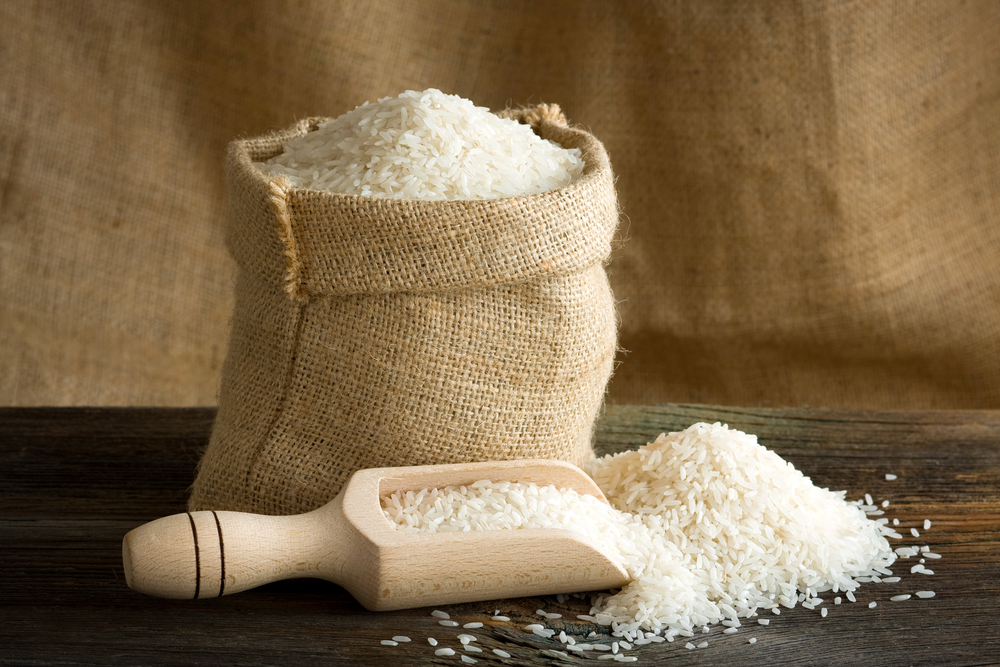
The USDA has five subcategories for the classification of different vegetables. These subcategories were named for the physical and chemical traits that a vegetable has. For example, starchy vegetables are all high in starch and mostly are made up of roots.
Some examples of familiar starchy vegetables include beets, potatoes, and squash. All of these are high in starch and most of their growth happens underground. Another category is dark green vegetables, which include broccoli, kale, and spinach. The dark green color of vegetables hints that they are nutritious.
After those two subcategories, we have red and orange veggies and beans and peas. Those are pretty self explanatory, but there is one subcategory left over. The “other” miscellaneous veggies that don’t really fit in with any of the aforementioned subcategories.
Vegetables that fall into the “other” category tend to have qualities that could fit into multiple other categories. Mushrooms, for instance, are classified under this term. So are zucchinis, corn, and eggplants. So where does rice fit in?
The other food groups besides vegetables include dairy, protein, grains, and fruits. Rice certainly isn’t a dairy or a protein, which leaves fruits and grains. The definition of fruit is any ingredient that grows from the ovary of a flowering plant. This can’t be rice, since rice is a sort of seed.
Ultimately, rice is a grain. There are many types of rice and every single one is a cereal grain, without exceptions. Also, despite there being many varieties of rice, they all fall into three categories: short-grained, medium-grained, and long-grained.
Although rice is commonly eaten with vegetables, and can be a very versatile food, rice itself is not considered a vegetable.
Try a Rice Substitute Instead
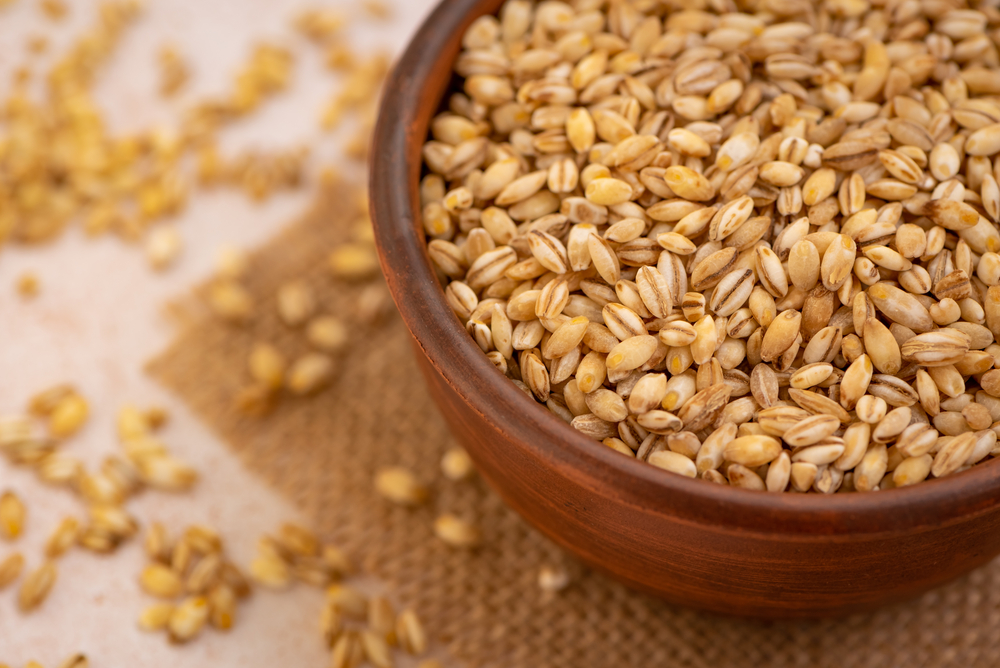
Whole grain rice on its own is already considered healthy and has nutrients that are necessary to stay healthy. But if you’re looking for foods that are similar to rice and want to venture out from your usual diet, there are a plethora of rice substitutes.
Barley and quinoa are two very healthy rice replacements. Barley is a cereal grain, like rice, but quinoa is not. Quinoa is classified as a “pseudo grain,” because it seems like it would be a grain but it is not.
Some other substitutes for rice you could try include riced cauliflower or riced broccoli. The vegetables have been turned into a new ingredient that is shaped like rice. You could easily use them as a rice replacement at your next dinner.
Obviously, the flavor is different, but broccoli and cauliflower are already common veggies so this isn’t necessarily a bad thing. As far as appearances go, riced cauliflower is strikingly similar to plain old rice.
Often, we enjoy rice because of its versatility and nutritional profile. There are many foods similar to rice that offer the same benefits. If you’re feeling adventurous, you could try adding more apple or coconut to your diet instead of rice. They are both filling and can be prepared in various ways.
Frequently Asked Questions
Where is rice originally from?
Rice originates from different grass species across many parts of Asia and Africa. The seeds of these grass plants are what we know as rice. Because of their structure, rice is classified as a cereal grain.
What is healthy rice?
Rice in general is known to be healthy. However, some types may be healthier than others. While no rice is unhealthy, per say, whole grains are certainly going to be better for you than rice that has been heavily processed.
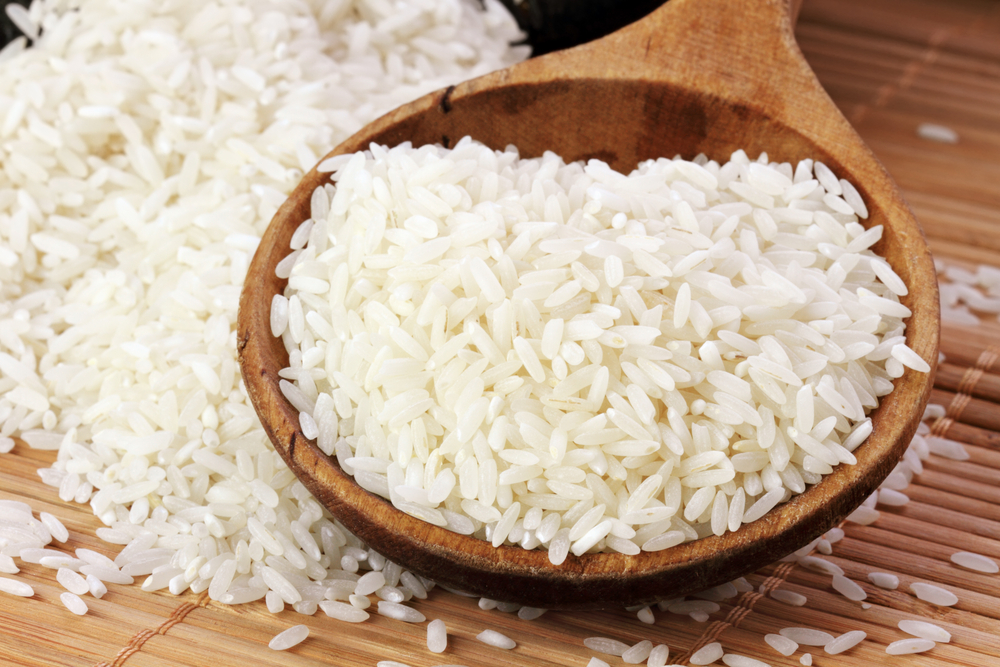
In whole grains there is a lot of fiber, which helps keep your digestive system healthy. Fiber also can help keep you full for longer periods of time, which is why it is so sought after for people trying to lose weight.
What are the top 5 healthiest rice?
If you come across various types of rice to choose from at the store, and are wondering what the healthiest ones are, here they are. Some of the healthiest rice include brown rice, wild rice, sprouted rice, wehani rice, and black rice.
Black rice is thought to be the absolute healthiest type of rice. It can be a bit more difficult to find than others, but is high in fiber, protein, and is good for lowering cholesterol. One serving of black rice can provide up to ten grams of protein.
Final Thoughts
Even though rice is often consumed along with vegetables, rice is not classified as a vegetable. Rice is a grain, and it is a seed that comes from some types of grass. Specifically, rice is a cereal grain. There are many varieties of rice and every single one falls into the same category of being a cereal grain.




